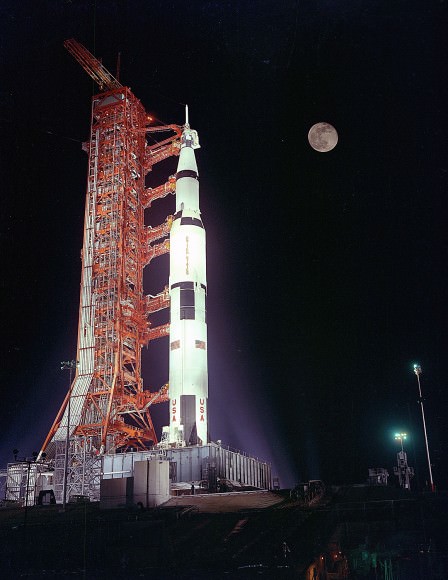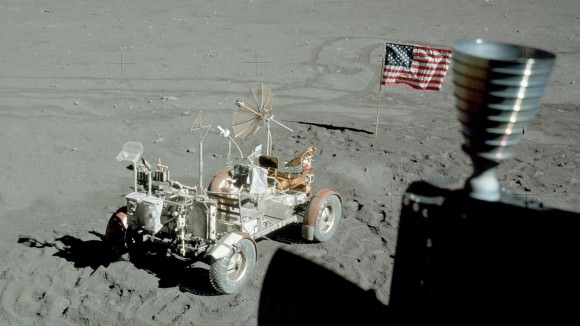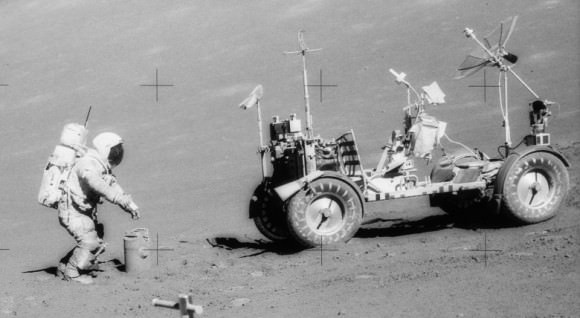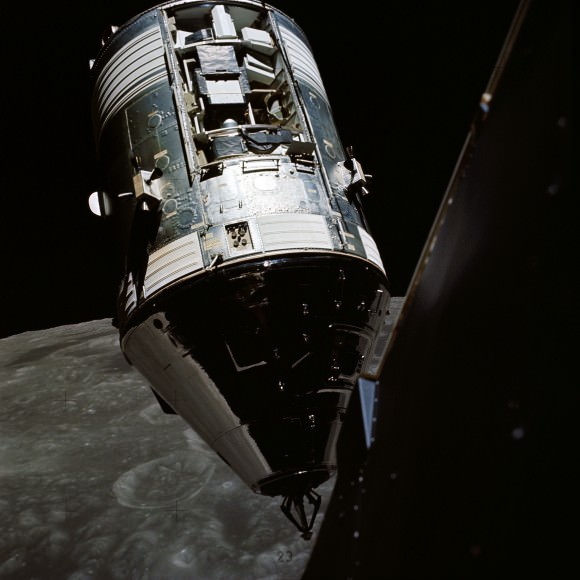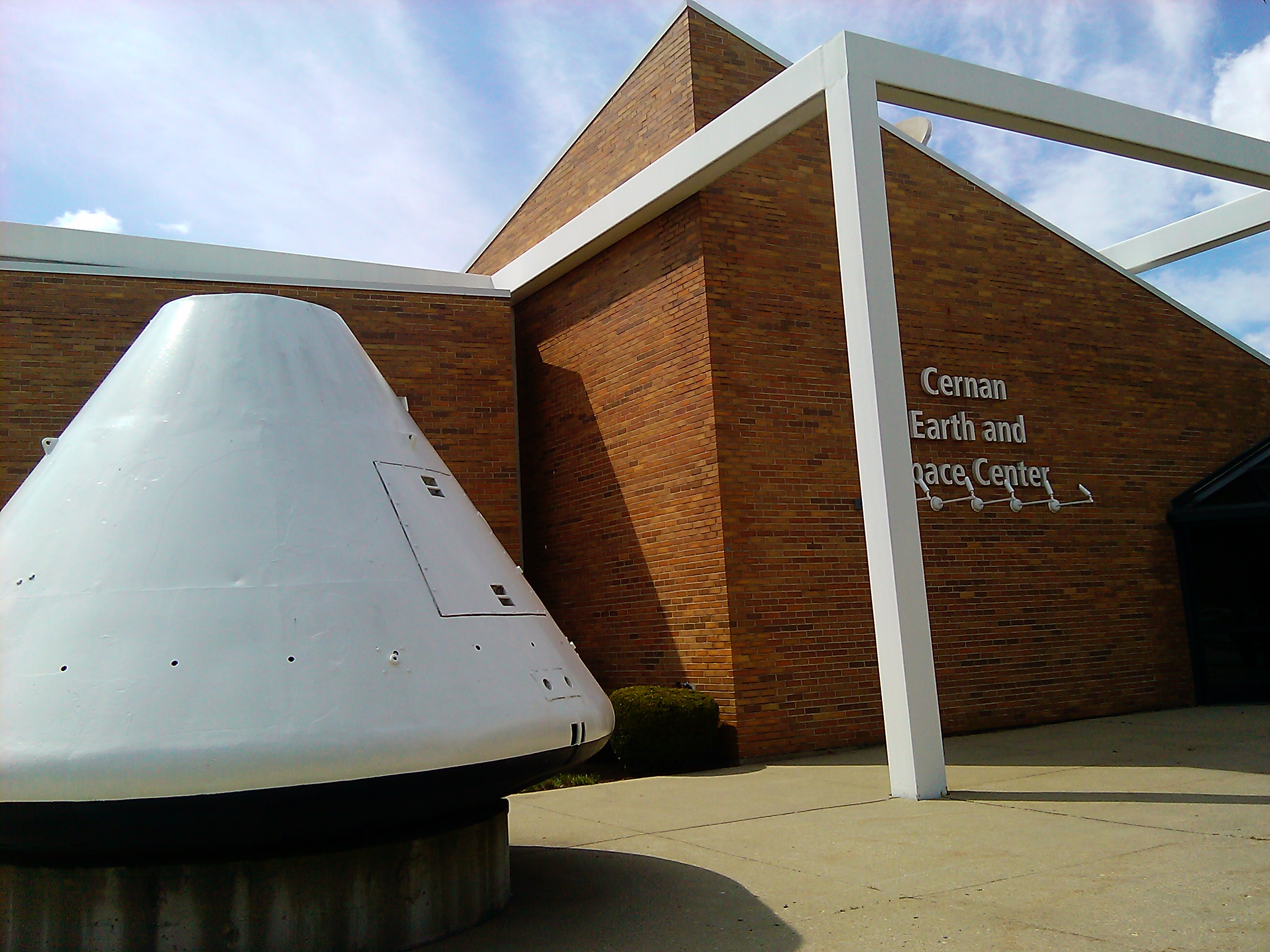A wonderful travel moment of serendipity: While sitting near a convention centre in Chicago, I punched in nearby points of interest in my GPS and found something called the Cernan Earth and Space Center.
Suspecting it had something to do with Eugene Cernan, one of the last two men to walk on the moon, I drove to a small building on the Triton College campus, walked inside the front door, and was astounded at what was visible from the entrance.
An Apollo spacesuit. A helmet. A spacecraft gimbal. A diorama of lunar and Martian vehicles. Various pictures, tokens and artifacts showing Eugene Cernan’s aerospace life — all for free.
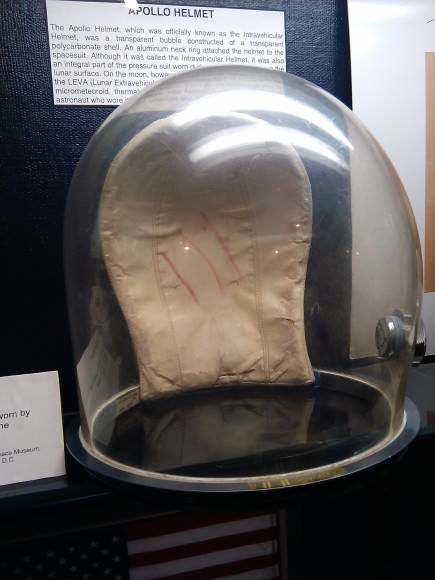
While I gaped at these artifacts, center director Bart Benjamin approached me and explained Cernan had grown up in the neighbourhood — in fact, his high school is just a few miles away, Benjamin explained. The artifacts are mostly loans from the Smithsonian (the spacesuit was briefly returned there for cleaning and restoration recently); revenues for the center come from its gift shop and laser/planetarium shows, which run several evenings a week.
I unfortunately was not able to stay for a laser show, but I did ask Benjamin for directions to Cernan’s school. Cernan went to Proviso Township High School, now known as Proviso East.
According to Cernan’s biography Last Man on the Moon, at high school he played varsity basketball, baseball and football and was courted by a couple of schools offering football scholarships.
But influenced by the Korean War, he instead applied for a Naval scholarship and did not get his first choice, receiving only partial financing to head to Purdue, as he recalls:
I didn’t want it, because I knew my entire family would have to work hard to pay for me to attend Purdue as an out-of-state student. But at Dad’s insistence, I reluctantly agreed, knowing that not only would I get a degree, but I could still get a commission in the Navy, albeit in the reserves, and maybe somehow could spin that into my dream of flying.
Cernan graduated in 1952 and he flew, all right — including walking on the Moon just 20 years later.
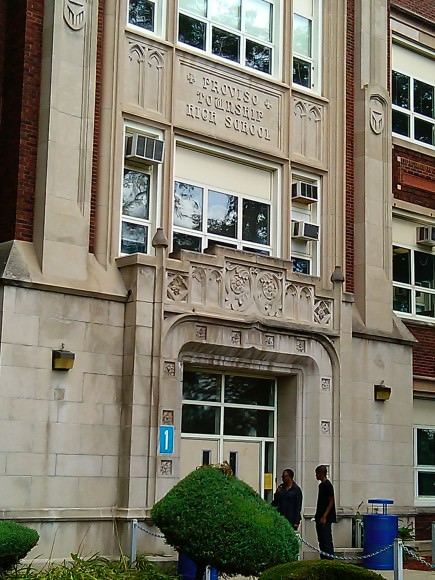
All pictures by Elizabeth Howell.
Elizabeth Howell (M.Sc. Space Studies ’12) is a contributing editor for SpaceRef and award-winning space freelance journalist living in Ottawa, Canada. Her work has appeared in publications such as SPACE.com, Air & Space Smithsonian, Physics Today, the Globe and Mail, the Canadian Broadcasting Corp., CTV and the Ottawa Business Journal.
